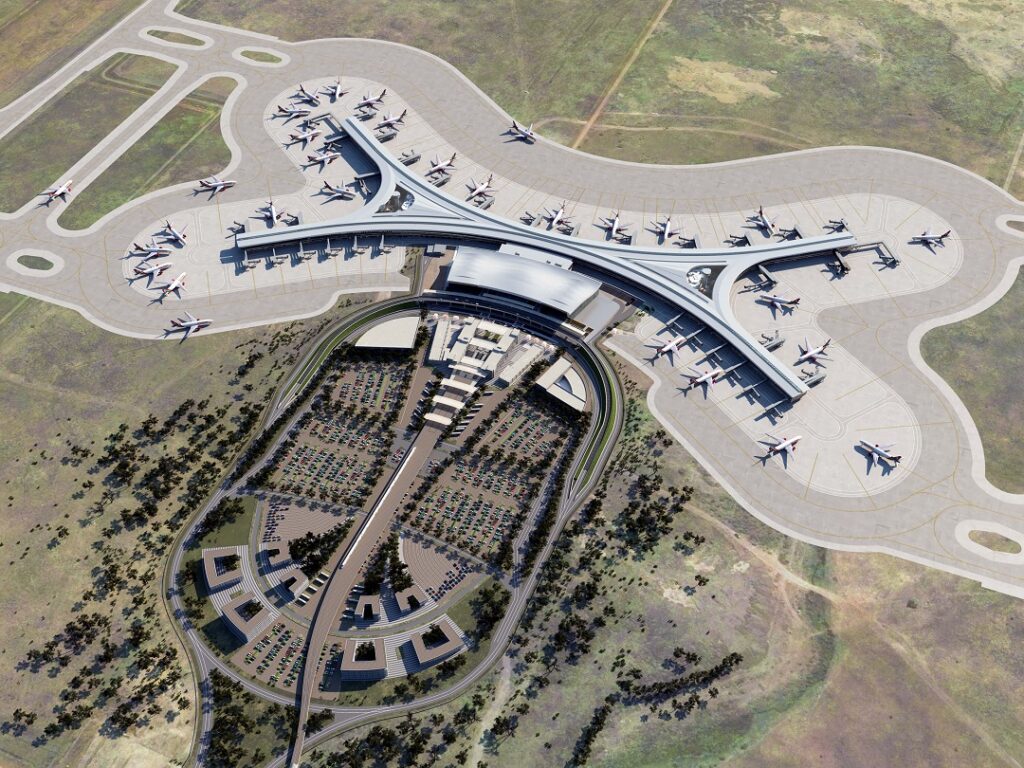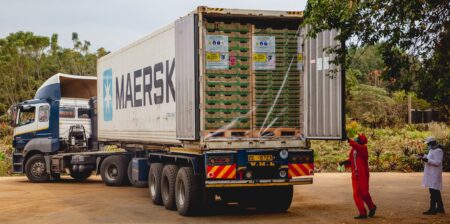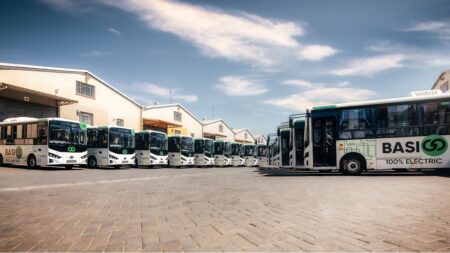- Nairobi could end up as a regional Tier 2 airport alongside the newly expanded Julius Nyerere International Airport in Dar es Salaam.
- Ethiopia’s Bole Airport and Qatar-backed Rwanda’s Bugesera Airport are significantly expanding their passenger handling capacity.
- Expanding JKIA with speed is not just about sustaining an airport but bolstering the Kenyan economy.
Launched as a cornerstone of Vision 2030, Jomo Kenya International Airport’s (JKIA) Terminal 3 project, dubbed the “Greenfield Terminal”, had initially set hopes high. With a projected cost of US0 million, the project aimed to augment the airport’s capacity by 20 million passengers. (https://www.traildusttown.com/) However, this dream was short-lived as the project, which commenced in 2014, abruptly stopped two years later.
The catastrophic fire in 2013 led the government to expedite the construction of Terminal 1A at US$129 million. The addition of Terminal Two further raised the passenger capacity to 7.5 million.
This surge and concerns regarding funds made proceeding with the Greenfield Terminal unnecessary. Yet in 2022, with a close count of 6.5 million passengers, JKIA was close to its limit. Save for the Covid-19 pandemic, this threshold could have been surpassed.
Without Greenfield Terminal, JKIA risks relegation
The regional aviation scene is also seeing heated competition. Bole Airport in Addis Ababa, which handled a similar number of passengers to JKIA in 2022, boasted a record 12 million passengers in 2018. As they progress with their expansion, since 2014, Bole is already outpacing other airports in Eastern Africa with a capacity of 22 million passengers annually.
Another potent contender emerges as Qatar Airways prepares to acquire significant stakes in Rwanda’s new Bugesera Airport and Rwandair. This new aviation nexus, scheduled to open in 2026, will potentially serve eight million passengers initially and escalate to 14 million by 2034.
This evolving scenario could tilt the competitive scales against JKIA. If Kenya doesn’t act promptly, Nairobi could become a regional Tier 2 airport alongside the newly expanded Julius Nyerere International Airport in Dar es Salaam.
The logical step forward is the revival of the Greenfield Terminal Project. The Government of Kenya remains locked in a court battle with Anhui Construction Company over compensation for the contract canceled in 2015.
A swift resumption is feasible
Reversing the cancellation could resolve the dispute. Moreover, it could even enable the GoK to recover the costs already put into the project. A swift resumption could be feasible with the project’s foundation already set and designs in place.
Simultaneously, JKIA’s second runway, a US$189.6 million venture funded by AfDB but shelved in 2019, should be reconsidered. JKIA’s single runway is a bottleneck causing avoidable air traffic disruptions.
JKIA once held the position of East Africa’s leading aviation hub. While reclaiming that status requires more than the aforementioned projects, their realization will undeniably bolster Nairobi’s chances against formidable rivals such as Addis Ababa.
Also Read: The Impact of Airspace Liberalization on Tourism and Trade in 2023
Reducing the cost of international flights
With an expansion and sound policies, JKIA could attract more airlines and direct connections. As a result, this will reduce the cost and duration of international flights to Nairobi. Ideally backed by a robust global majority owner, Kenya Airways could benefit significantly from an upgraded base. The Greenfield Terminal would also provide Kenya Airways with sufficient capacity to support a future expansion of its network. Kenya’s capital stands an even better chance should the envisaged merger or joint venture with South African Airways.
Rigorous regional rivalry between Nairobi, Addis, and Kigali would bring enhanced connectivity and competitive pricing for consumers and businesses. This advantage could be further amplified by the Single African Air Transport Market (SAATM). Yet, should Nairobi continue to lag, Kenya would be disadvantaged against Ethiopia and Rwanda.
The global tourism industry, witnessing a steady rise from 25 million international arrivals in 1950 to 1.46 billion in 2019, stands resilient. As it recovers post-Covid, the numbers are likely to continue soaring.
With initial costs for the Greenfield Terminal and the second runway hovering around US$830 million, albeit likely somewhat higher now, the returns seem promising. In 2022, Kenya’s tourism sector generated US$2.13 billion, projected to reach US$3.4 billion in 2023. By reducing the cost and duration of travel to Kenya, these projects could further boost that number.
Expanding JKIA is about sustaining an airport and bolstering the Kenyan economy. Falling to a Tier Two status in the region does not align with Kenya’s aspirations.
The author, Håvar Bauck, is a prominent travel technology entrepreneur with a 20-year track record in business development, entrepreneurship, technology, and tourism in African markets. He is the founder and Co-CEO of HotelOnline, an African hotel’s leading digital marketing and e-commerce partner.











